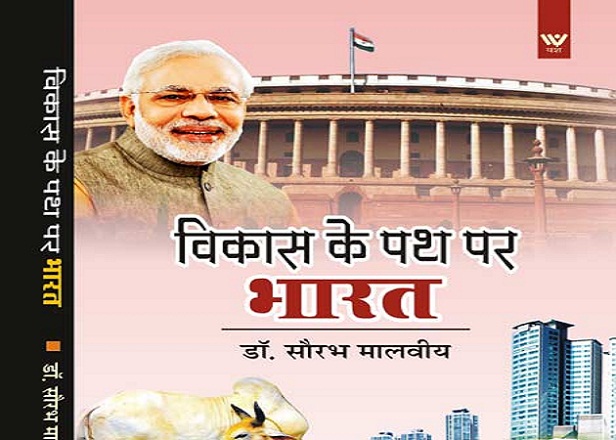This Glass of Half Full
The recent rate cut by the RBI is expected to provide significant support to the Indian economy The RBl and the central government have now decided to work together to ensure that the cumulative rate cut of 125 basis points is transmitted across the board.
India is moving to a low interest rate regime. Now is the right time for the government to capitalize on the rate cut and move quickly on other administrative and legislative reforms. The Indian economic model is very different from the Chinese one Unlike the export-driven Chinese economy. India is domestic demand-driven and there is no excess capacity of the kind now being witnessed across China.
One reason for the low rate of investment in India is the lack of demand.
This should recede as soon as demand picks up. The lack of good and efficient physical infrastructure provides the government with an opportunity to ramp up public expenditure in sectors that would naturally be crowded with private investment. Taking cue From this, the government had planned large scale investments in infrastructure. These are in addition to the mega investment plans unfurled by Prime Minister Narendra Modi like Digital India’, Make in India’, Start Up India’, smart cities, power sector reforms and coal block auctions.
The manufacturing sector is competitive and is not subsidy dependent like the Chinese counter part. The trickle of investments from abroad under schemes like Make in India’ should soon turn into deluge once the various steps being taken by the government kick into action. The panic driven flight of global financial capital will hopefully reverse in the near future as India provides the best risk adjusted returns on Investment to this capital.
Because of this government’s over-emphasis on the goods and services tax and Land. Acquisition Bill, many in the corporate sector seem to be losing sight of the multiple steps being taken by the Centre. The government is seeking to establish an overarching framework under which citizens entrepreneurial potential can flourish.
“This is what minimum government. maxium governance’ is all about.
The business sector can be excused for its impatience. With the lack of major reform during the previous regime and 17 months of the Modi government down the line, India Inc is desperate For action.It is seeking palliatives while the government is committed to structural change. A good example of this is the issue of land acquisition.
After strong opposition by various political parties, the government has decided to allow state governments to have their own land acquisition laws.
This, at once, converts a potentially political showdown into a great opportunity for the states to come with their own laws. A healthy competition between states will ensure that the policy is attractive to industry while state-level politics is expected to ensure a fair deal to the farmers. An issue that has also attracted major attention is that how India should focus on the gross value added (GVA) in these times of tax collection and falling subsidies. The GVA has increased from 6.1% to 7.1% of GDP showing that the economy is gathering momentum, rather than being stagnant.
The picture, however, is not rosy. The banking sector, for instance, has emerged as a weak link in the current narrative. The public sector banks (PSBs) are saddled with massive non performing assets (NPAs) and restructured loans of doubtful quality. This is coming in the way of credit flow.
The government has taken a number of steps to restore vitality to the PSBs, including restructuring capital and professionalising the bank management. Steps like putting the focus on micro, small and medium enterprises (MSME) sector finance through Mudra Bank and new initiatives of payment banks will bear fruit in the near future. A free-float currency also provides the RBI with more headroom to take steps to manage capital flows.
In the debt market RRI policy has allowed government to borrow 1.2 lakh crore inter nationally over the next five years, giving ample opportunity to the government to take up mega investment plans, generating the much needed demand push to the economy. Even the private sector has been per mitted to go for cheaper external commercial borrowings (ECBs).
The economy is gathering momentum and its underlying fundamentals remain strong. India has a government at the Centre that is committed not only to maintain this momentum but to also take steps to further accelerate the growth rate. Opportunities await.









